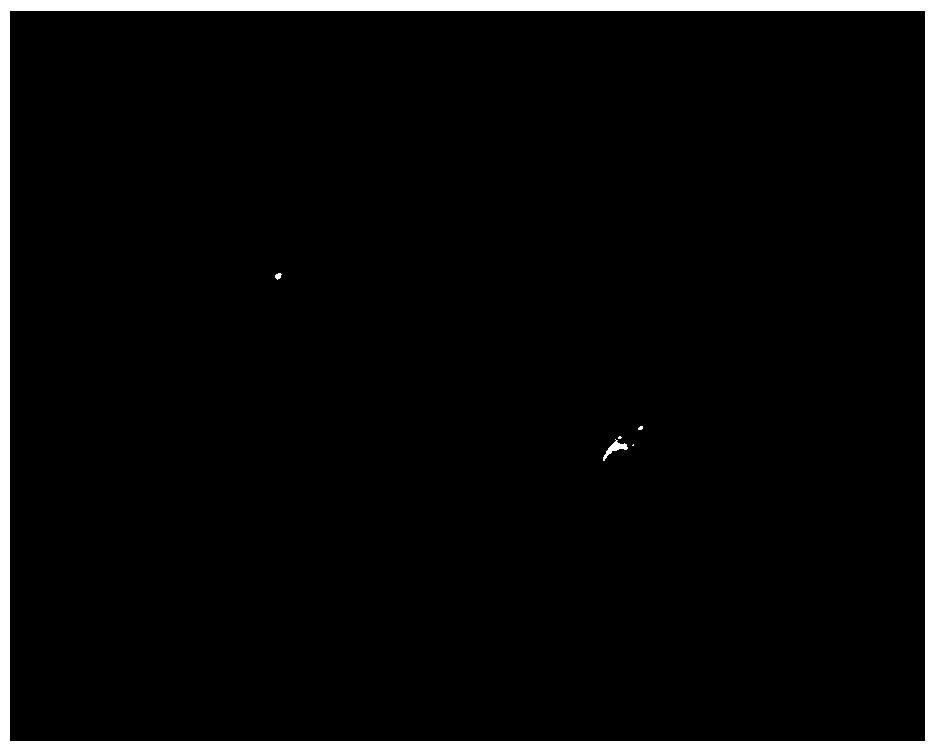Tissue culture method for rapidly propagating wild lilies
A tissue culture, rapid technology, applied in horticultural methods, botanical equipment and methods, plant regeneration, etc., can solve problems such as weak growth potential, achieve high differentiation rate, strong root system, and improve induction efficiency and proliferation coefficient.
- Summary
- Abstract
- Description
- Claims
- Application Information
AI Technical Summary
Problems solved by technology
Method used
Image
Examples
Embodiment 1
[0040] 1) The young flower stalks of Lilium sulphureum Baker collected from Yunnan were placed in 500 times liquid containing 50% carbendazim, 50mg.L -1 Agricultural streptomycin and 50mg.L -1 In the aqueous solution of agricultural penicillin, shake at 150rpm for 3h for pre-disinfection treatment;
[0041] 2) Soak and shake the pretreated pedicels in 75% alcohol for 20 seconds, then soak and shake them in 10% sodium hypochlorite solution for 13 minutes, rinse with sterile water for 3 times, each time for 1 minute;
[0042] 3) Cut the young pedicel, cut it in half longitudinally, and cut it into about one centimeter, place the longitudinal section of the pedicel on the induction medium (MS+6-BA 0.5mg.L -1 +NAA 1.5mg.L -1 +Sucrose 30.0g.L -1 +MES 2g.L -1 +Agar 6.0g.L -1 , pH=5.8~6.0) for induction culture, culture condition is temperature (25±2)℃, shading; such as figure 1 , figure 2 shown
[0043] 4) After 5 days, adventitious buds were induced, and the induced advent...
Embodiment 2
[0049] 1) Put the young pedicels of Lilium leucanthum (Baker) Baker collected from Yichang, Hubei into a solution containing 500 times of 50% carbendazim, 50mg.L -1 Agricultural streptomycin and 50mg.L -1 In the aqueous solution of agricultural penicillin, shake at 150rpm for 4h for pre-disinfection treatment;
[0050] 2) Soak and shake the pretreated pedicels in 75% alcohol for 20 seconds, then soak and shake them in 10% sodium hypochlorite solution for 13 minutes, rinse with sterile water for 3 times, each time for 1 minute;
[0051] 3) Cut the young pedicel, cut it in half longitudinally, and cut it into about one centimeter, place the longitudinal section of the pedicel on the induction medium (MS+6-BA 0.5mg.L -1 +NAA 1.5mg.L -1 +Sucrose 30.0g.L -1 +MES 2g.L -1 +Agar 6.0g.L -1 , pH=5.8~6.0) for induction culture, culture condition is temperature (25±2)℃, shading; such as Figure 5 as shown,
[0052] 4) After 5 days, adventitious buds were induced, and the induced ad...
PUM
 Login to View More
Login to View More Abstract
Description
Claims
Application Information
 Login to View More
Login to View More - R&D
- Intellectual Property
- Life Sciences
- Materials
- Tech Scout
- Unparalleled Data Quality
- Higher Quality Content
- 60% Fewer Hallucinations
Browse by: Latest US Patents, China's latest patents, Technical Efficacy Thesaurus, Application Domain, Technology Topic, Popular Technical Reports.
© 2025 PatSnap. All rights reserved.Legal|Privacy policy|Modern Slavery Act Transparency Statement|Sitemap|About US| Contact US: help@patsnap.com



